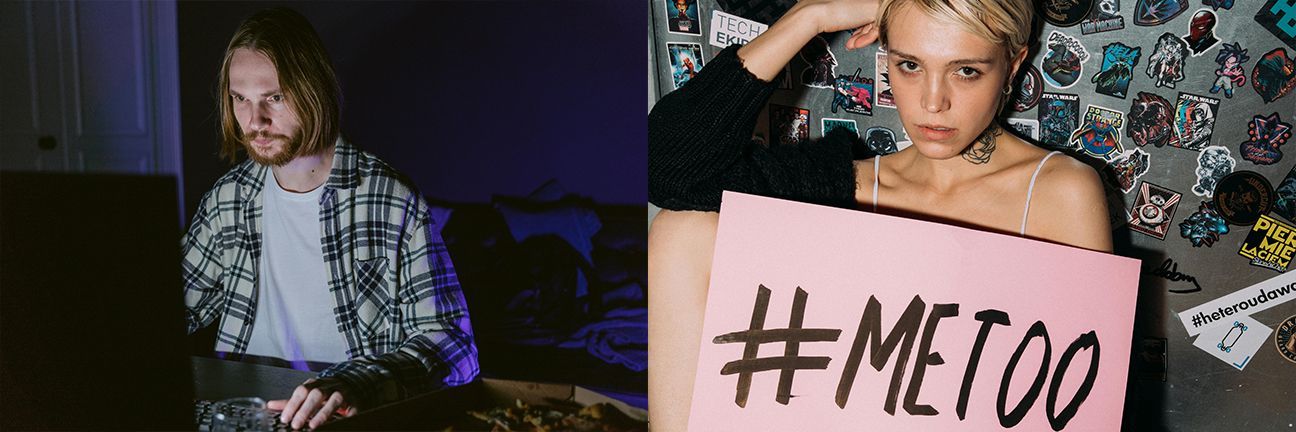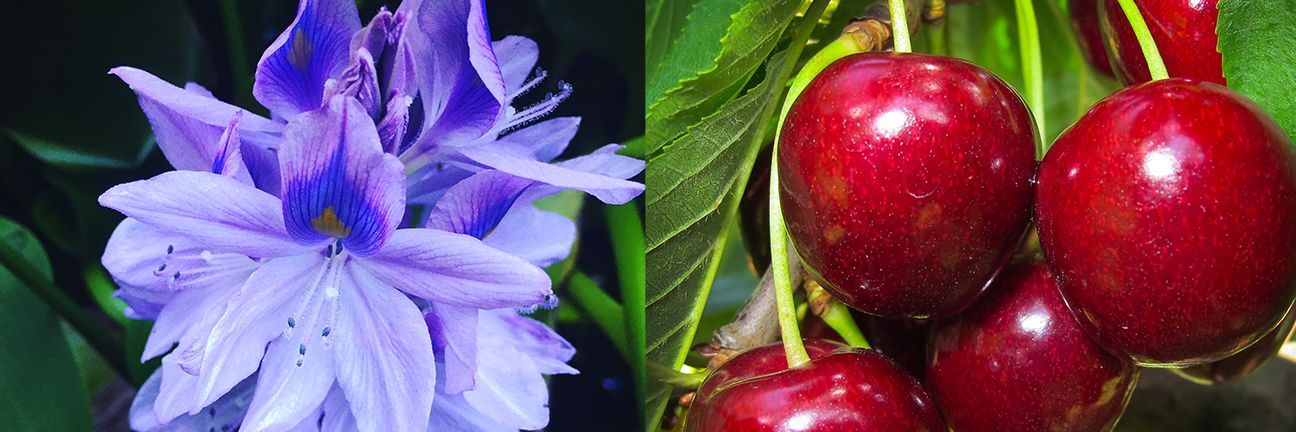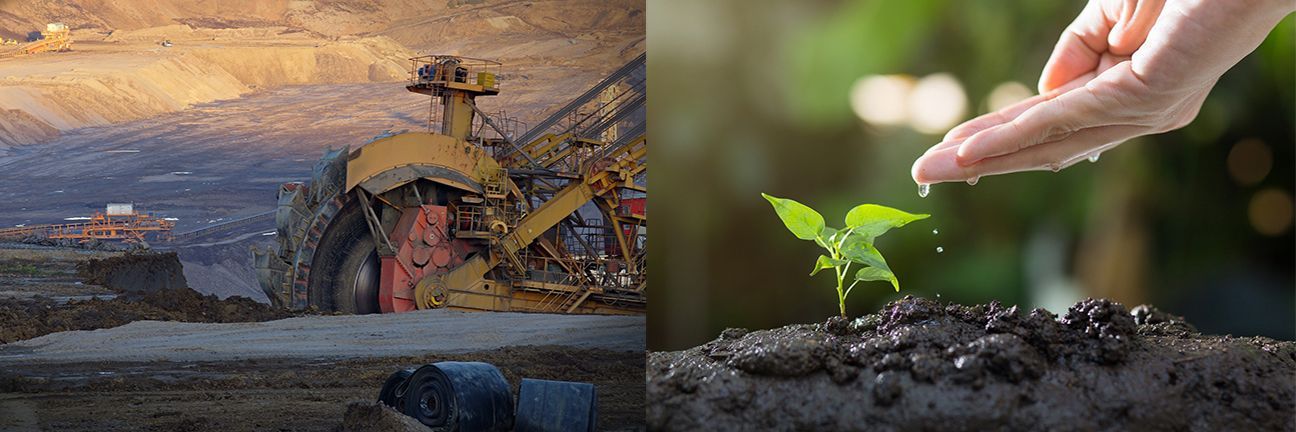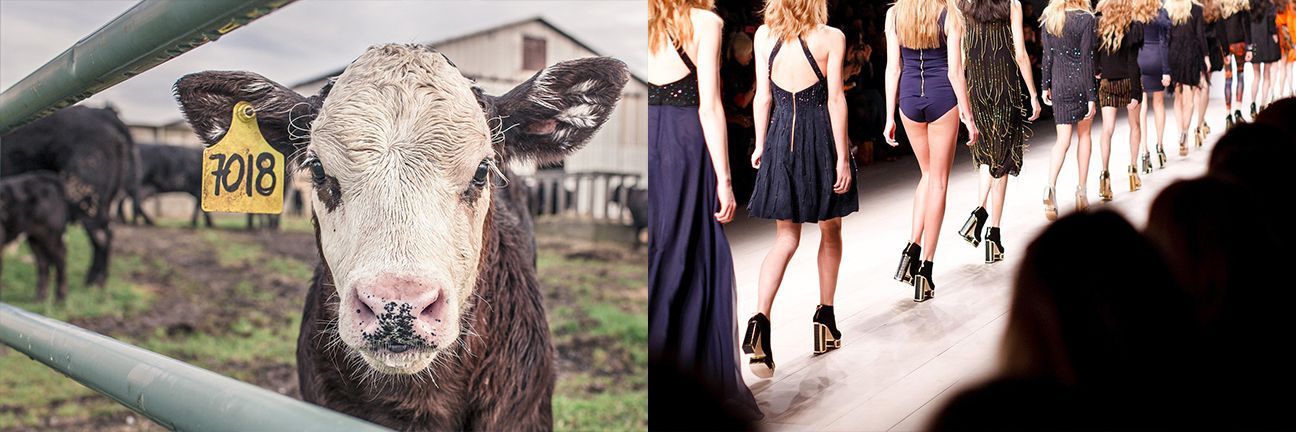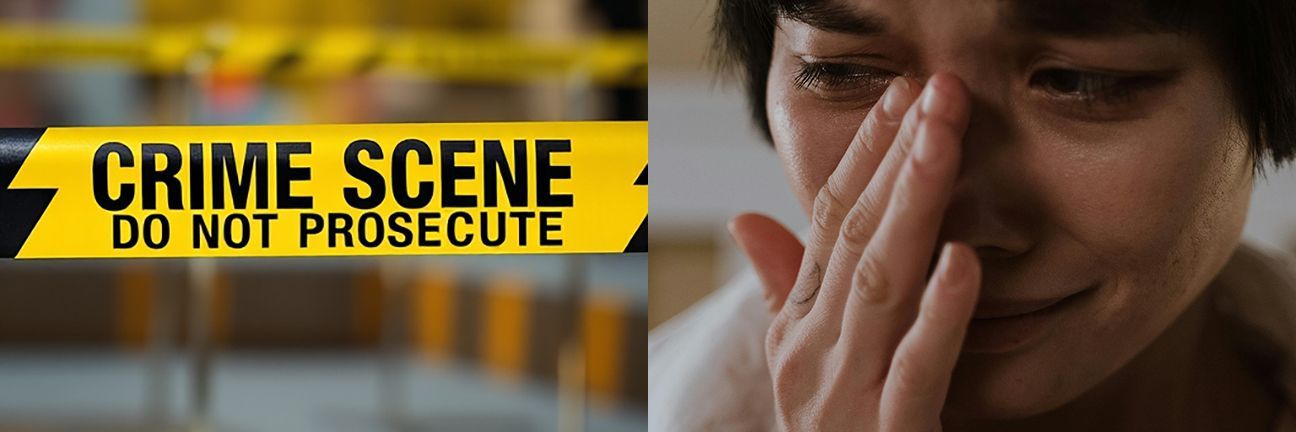The Many Roads to Renewal: What I’ve Seen Around the World
Over the past year, I’ve had the privilege of working as an acupuncturist at a beautiful wellness retreat on magical Lake Atitlán, Guatemala.
Retreats come and go here, often lasting a week or more, filled with yoga, meditation, and other wellness practices. The participants are mostly women. Occasionally, a few men join in — but more often, the energy of these spaces feels distinctly feminine. It made me wonder: is this kind of healing more naturally embraced by women? Or do men have their own ways of healing that simply look different?
Healing on the Big Island
Before Guatemala, I lived for 14 years on the Big Island of Hawaii — known as “the healing island.” The constant volcanic activity infuses the landscape with a powerful, fiery energy that tends to bring unresolved issues to the surface. The island is rich in alternative practices: acupuncture, massage, yoga, and traditional Hawaiian lomi lomi.
And yet, there too, I saw the same pattern: many more women showed up for these offerings. It left me wondering — where were the men? If they weren’t in the yoga classes or on the massage tables, what kinds of spaces did they seek for renewal?
A Different Kind of Retreat
In the remote northern peninsula where I lived, there were a few small businesses, farms, retreat centers — and, rather surprisingly, the headquarters of an international dating site that paired older Western men with much younger women from Asia. I’ll call it Cherry Poppers (a slight change from its real name). Its website featured very young women — barely adults — presented as delicate, coy, and innocent.
I began to notice that some men I knew would travel overseas for what they called “wellness trips.” These sometimes included affordable medical or dental work abroad, but often also involved visiting countries where sexual services from young women were cheap and easily obtained. For these men, this seemed to be a form of “healing” — a way of feeling rejuvenated, desired, and alive.
To be clear, not all men seek this path. But I did encounter enough examples to recognize a pattern, one I would describe as the “shadow masculine”: healing sought through the consumption of youth and sexual energy, rather than through emotional growth, spiritual practice, or physical renewal.
Market Forces and Moral Questions
Living near the Cherry Poppers headquarters reshaped my early belief that most men wanted to grow old alongside a lifelong partner. Some did, but others — especially those with money and mobility — were drawn to the idea of keeping a rotating connection with younger women. In their eyes, a woman past her early thirties had less “essence” to offer.
This wasn’t always about romantic love. Sometimes young women were brought to the U.S. for a year-long trial that might lead to marriage — but often didn’t. Afterward, the woman would be sent home with gifts, and the man would try again with someone new. Technically legal, it skirted close to the line of exploitation.
The Energetic Exchange
From an energetic perspective, I believe youth and sexual vitality can indeed make someone feel renewed. But for the younger person, the transaction can be depleting. I remember my own discomfort as a young girl when older men tried to position themselves as my “boyfriend” — even once when I was only five.
Whether dressed up as romance or openly transactional, such arrangements are rarely balanced. God intended partnerships to be “equally yoked,” which is hard to achieve when one person brings wealth and life experience, and the other brings youth and desperation.
Light and Shadow
It’s important to acknowledge that there are men who walk a very different road. I have great respect for those who build vitality through clean living, physical discipline, fasting, and spiritual practice — men who seek renewal without exploiting the vulnerability of others.
But I’ve also seen the opposite: men who treat their bodies carelessly, then seek a quick infusion of life force from someone younger, often leaving behind emotional and energetic damage.
Choosing the High Road
Healing is deeply personal, and men and women may approach it differently. But whatever our gender, we all face the same question: will we seek renewal in ways that uplift others, or in ways that diminish them?
The “high road” may require more discipline, patience, and humility — but it’s the only one that leads to true wholeness in the end.
What do you think?
These are my observations from different corners of the world, but they’re only part of a much larger picture. Have you noticed ways that men and women heal that are distinct — or perhaps surprisingly similar? What practices have brought you true renewal? I’d love to hear your perspective.
